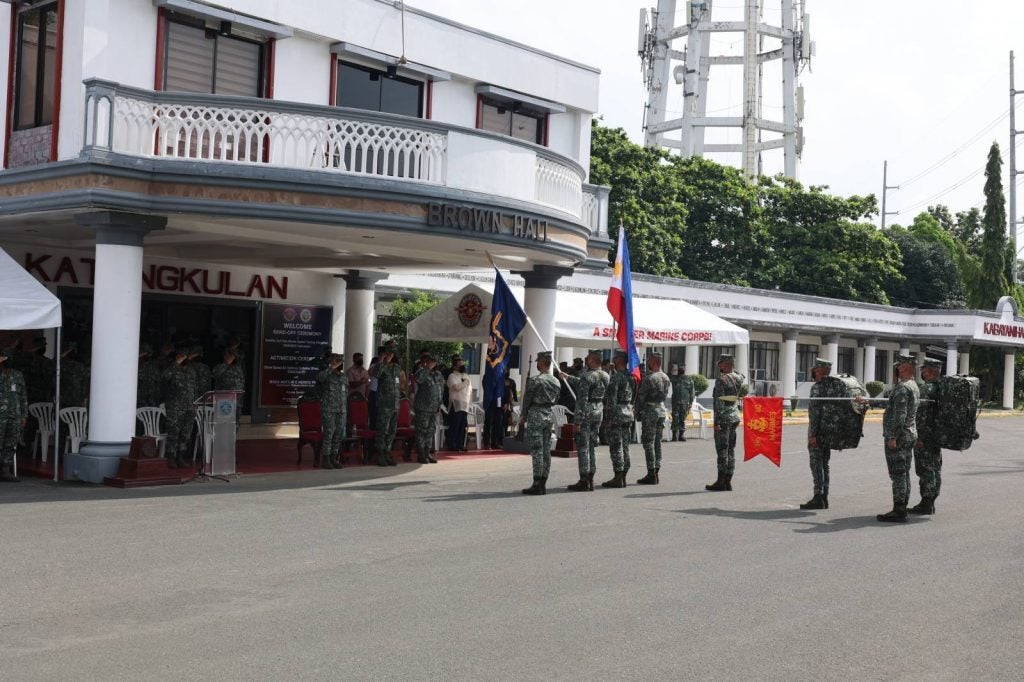Philippine Marines to Begin Training for BrahMos Missiles Amid Enhanced Cooperation With Partners
Personnel from the Philippine Marine Corps (PMC) departed for India on 22 June to train for the service’s future BrahMos anti-ship cruise missiles. The marines hail from the Shore Based Anti-Ship Missile Battalion, the unit within the Coastal Defense Regiment tasked with operating BrahMos. With BrahMos confirmed for the PMC at the beginning of the year, the process to prepare for its arrival and integration into the force has started. The service is to receive three missile batteries of either four or six launcher vehicles each.
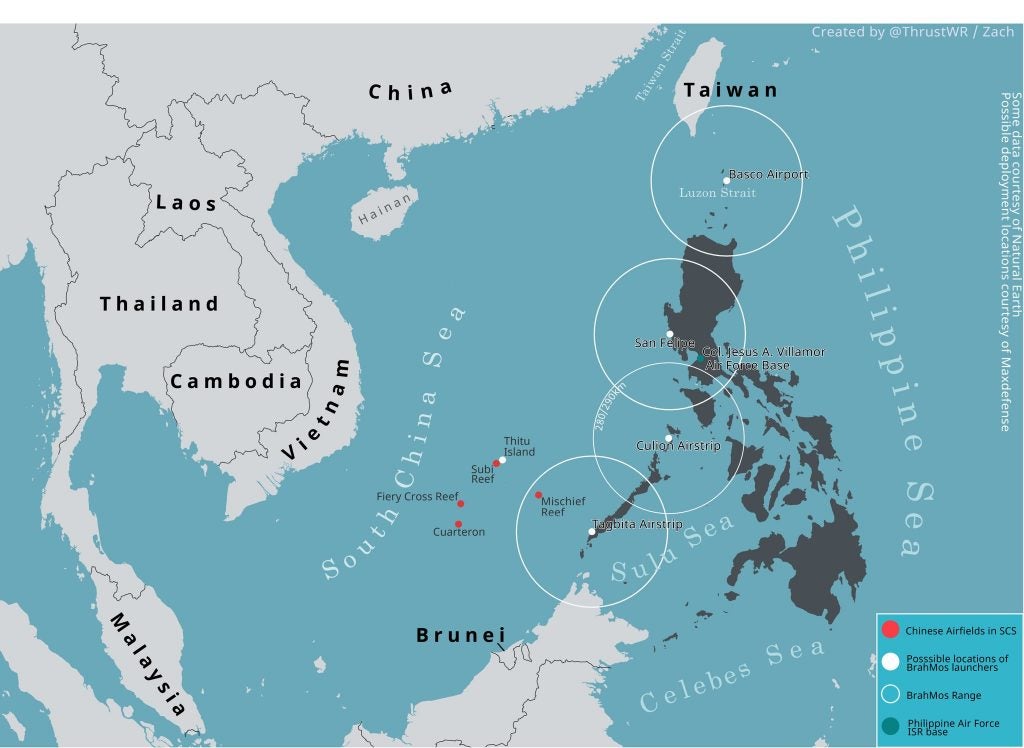
The Coastal Defense Regiment was formed on 6 August, 2021. This new unit was activated with concepts and challenges akin to the United States Marine Corps (USMC) Marine Littoral Regiment. Both forces aim to operate in contested environments, maneuver in the maritime/coastal domain, and support their respective fleets among many similar objectives. The overlapping goals between the Philippines’ Archipelagic Coastal Defense Concept and the broader force restructuring of the American Force Design 2030 are mainly due to the similarities in the adversary that both services share. With China being the main focus behind these concepts and the U.S.-Philippine security relationship, most interactions between the PMC and USMC reflect the two forces preparing to deter this adversary.
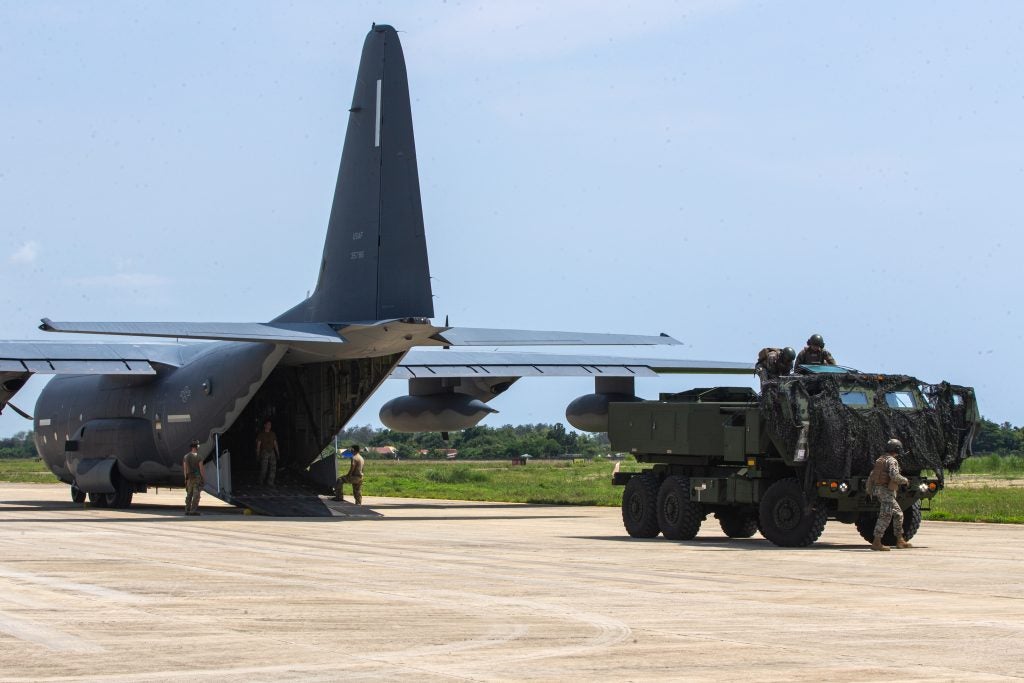
The ongoing U.S.-Philippine Marine Aviation Support Activity (MASA) 22 has both forces training on aerial assets, from drones to forward arming and refueling points. One of the more notable exercises during the first phase of MASA 22 was a HIMARS rapid infiltration (HIRAIN) in northern Luzon. Brigadier General Raul Jesus L. Caldez expressed his enthusiasm for the second phase of the exercise, stating:
“We are hoping to continue the conduct of similar training in the future to achieve our vision of having a fully mission-capable Marines integrated into the naval and joint forces.”
HIMARS provides the USMC the capability to deny a large area when deployed. BrahMos does the same for the PMC. Although the range of the BrahMos that the PMC is set to receive is more comparable to the Naval Strike Missile on the incoming Navy-Marine Expeditionary Ship Interdiction System (NMESIS), the mission remains the same. Therefore, with similar missions, interoperability and cooperation between the two forces in this domain have strengthened in recent times.
It should be noted that this instance of cooperation between USMC and partner country marine forces is being repeated across the Pacific. Pacific Amphibious Leaders Symposium (PALS) 2022 spanned from 13 to 16 June in Tokyo. Representatives from Marine services throughout the Pacific, including the Philippines and Taiwan, attended the event.
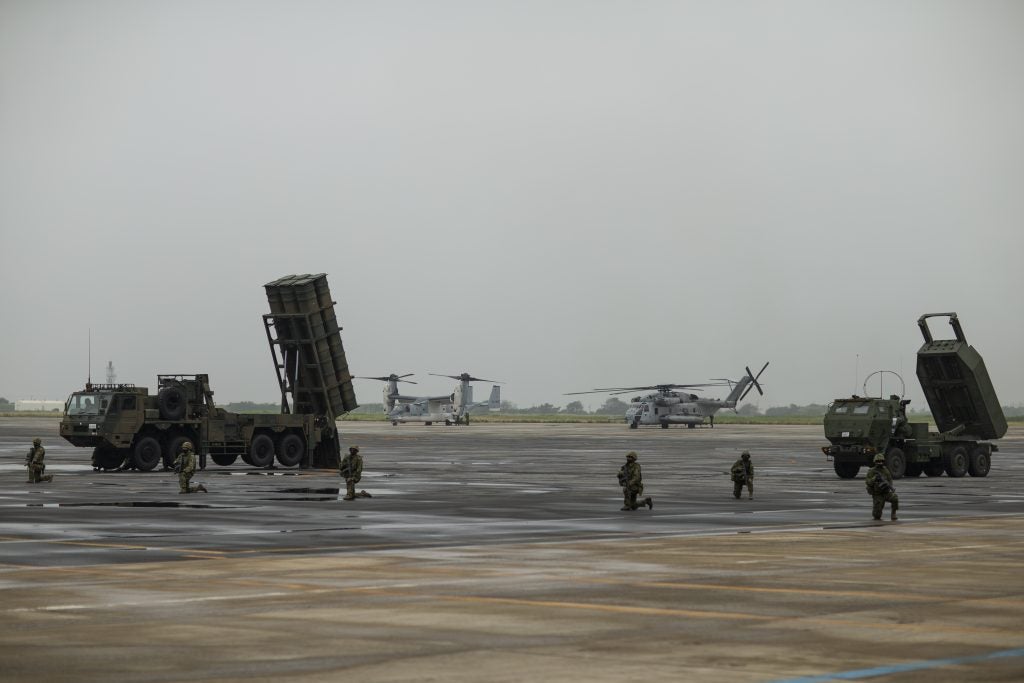
During the Symposium, a Japan Ground Self-Defense Force (JGSDF) Type 12 anti-ship missile launcher was displayed next to a USMC HIMARS. Behind the two launchers were two V-22 Ospreys from their respective country.
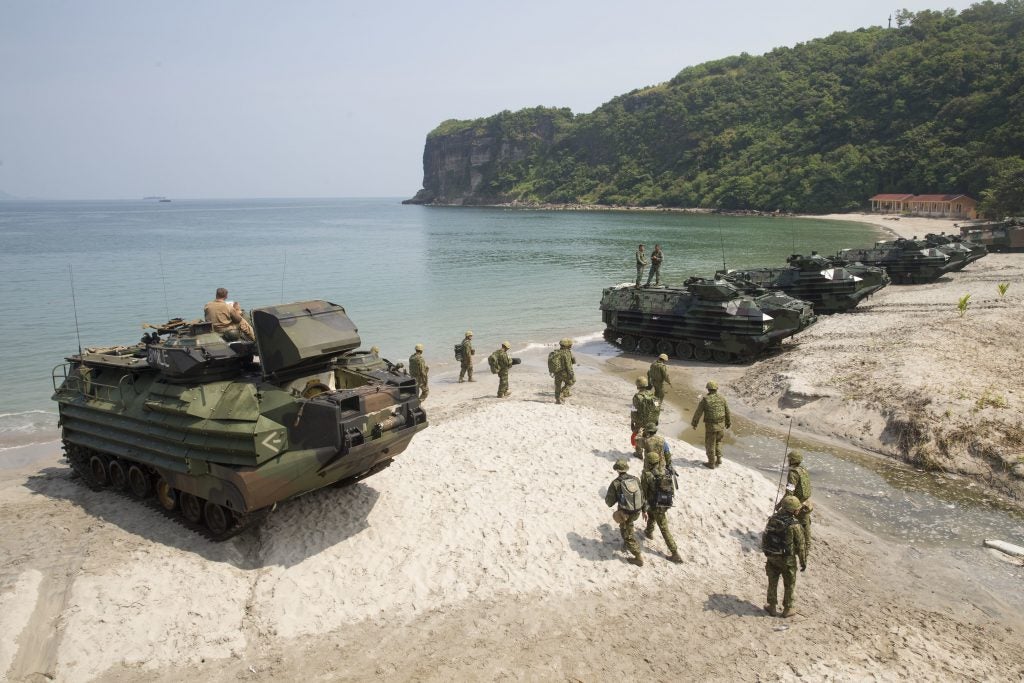
The JGSDF’s Amphibious Rapid Deployment Brigade has cooperated closely with not only the USMC but also the PMC. As a part of the larger, and growing, Japanese-Philippine security relationship the Amphibious Rapid Deployment Brigade has joined exercises involving the USMC and PMC. Cooperation between America and its partners allows for both interoperability and the strengthening of all participants. For instance, the first phase of MASA 22 focuses on building up Philippine capabilities.
Training exercises like MASA 22 assist the Armed Forces of the Philippines (AFP) to modernize its force. The necessity to modernize the country’s armed forces culminated in the Revised AFP Modernization Act in 2012. From surface-to-surface and surface-to-air missiles to drones and other aircraft, the modernization programs bring new and modern capabilities to the AFP.
Alongside new equipment comes the need to train and maintain them, an issue that the Philippines took into consideration with these procurements. The first two Horizons, or phases, of modernization, focused on immediate needs and platforms to develop the force. For example, the FA-50PH jets help the Philippine Air Force get pilots and maintainers ready for the future Medium-Range Fighter that is expected to be procured. In the case of BrahMos for the Philippines, there have been concerns about the Intelligence, Surveillance, and Reconnaissance capability of the AFP to properly deploy the missiles. However, these concerns seem to miss the capabilities acquired as a part of modernization. From drones to various observation stations in the disputed South China Sea and the West Philippine Sea, there are many sensors existing within the AFP to cue BrahMos.
Going forward, the PMC’s Coastal Defense Regiment stands to learn and further develop interoperability with partners such as the USMC, JSDF, and more. Likewise, those same forces also stand to learn and integrate into the PMC and the broader AFP. Tapping into Philippine ISR would create a clearer picture for any partner, a picture that Japan aims to be a part of with their sale of air defense radars to the Philippine Air Force.
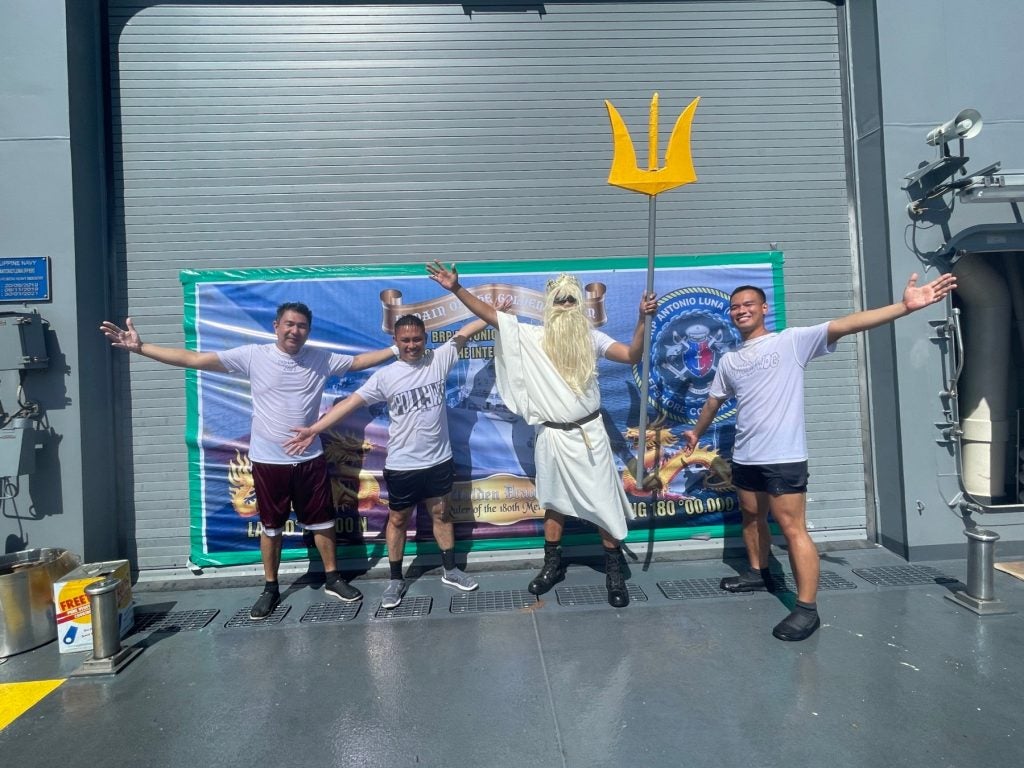
Philippine forces are to continue interacting with partners throughout the summer. BRP Antonio Luna is to participate in this year’s RIMPAC, departing Naval Operating Base Subic on 8 June. The ship stopped in Guam to refuel and participated in an exercise with Singapore, Malaysia, Indonesia, and India. The Japan Maritime Self-Defense Force’s Indo-Pacific Deployment 2022 has the Philippines as a scheduled stop.
Header Image Courtesy of Philippine Marine Corps
The opinions expressed in this editorial are those of the author and may not necessarily reflect the opinions or views of Overt Defense

